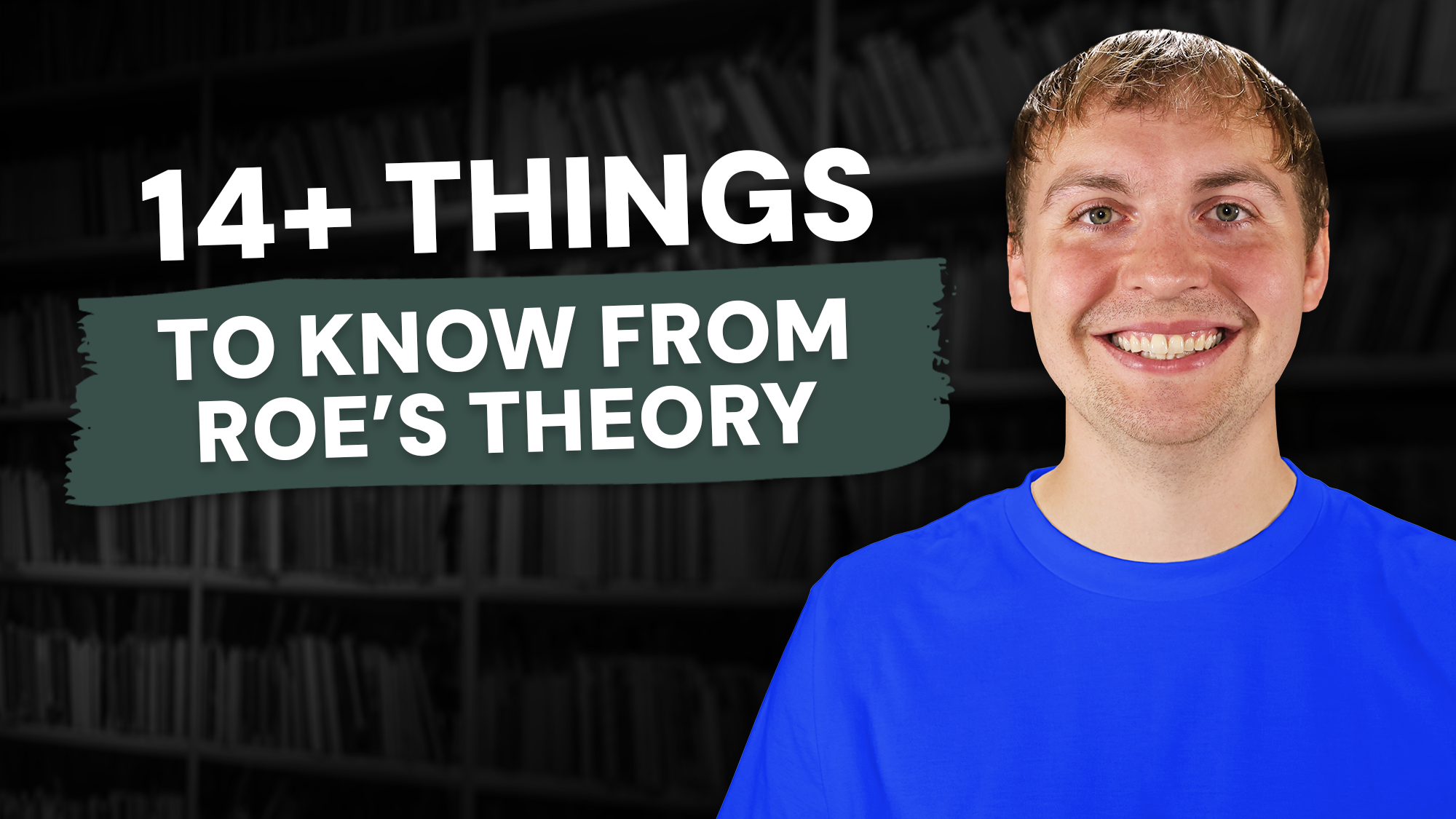
In the category of Human Growth and Development on the National Counselor Examination (NCE), the Counselor Preparation Comprehensive Examination (CPCE), or another counseling exam or psychology course, you’ll likely encounter Erik Erikson’s Stages of Psychosocial Development. As you prepare, this overview may help you better understand and remember the stages.
To start, let’s take a look at the word psychosocial. We can break this into two parts—psycho and social. As with many things in mental health, psycho refers to the mind or our psychology. Whereas social refers to connecting with other, or how we connect with others. In the case of Erikson’s model of development, he theorizes that as people age, how they are interacting with others (the social piece) is important to their development (the psycho piece in psychosocial).
Erickson theorizes eight stages which cover the lifespan. Meaning, they go from birth to the death of the person. Below we break down each of these stages in more detail. It may be helpful to remember that Erickson’s stages covering the lifespan is a strength of his theory. Additionally, it recognizes that humans tend to be social beings, and his model highlights our social nature.
Stage 1: Trust vs. Mistrust – The first stage is called trust vs mistrust. This occurs from birth until around 18 months old. At this early stage in life, we are utterly dependent on our caregivers. We rely on them for everything—food, warmth, love, and safety to name a few. If these are met, we may learn to trust people, or even feel this more broadly to having a general trust of others in the world. But without these needs being met, we may become mistrusting of others and of the world. We may feel those around us and in our life cannot be trusted, are unpredictable, or are inconsistent. Erikson did not believe anyone would fully trust or mistrust others. Instead, he thought it was important for people to leave this stage with a balance of trust and mistrust that would allow them to experience a healthy level of hope about the world.
Stage 2: Autonomy vs. Shame & Doubt – With Autonomy vs Shame and Doubt, this stage will last from around 18 months to roughly three years old. This stage takes place at a point were children will be gaining more independence than previously experienced. For many children, this stage will include potty training. Children who leave this stage successfully will have a sense of autonomy, or have a feeling that they are in control of some of their life. Potty training was seen by Erikson to be important because it allowed children to have control over bodily functions and increased feelings of independence, confidence, and security. However, for children who do not successfully complete this stage, they may struggle with feelings of shame. They may also doubt themselves or even the world more broadly.
Stage 3: Initiative vs. Guilt – From ages three to five, a child will be in the third stage of development. This is where they face Initiative vs. Guilt. Erikson felt that at this stage, children should be starting to assert more control over their environment. Through play or in interactions with others, children should see that they can influence what happens in their life. Successfully learning this, the child would leave this stage with a sense of initiative. Meaning that they would have a feeling or sense that they can alter what happens around them to some degree. However, for those who do not learn this at this stage, they may have feelings of guilt, or self-doubt. Balance is again important at this stage as children who try to control too much of their environment may also feel guilt or lack initiative as they receive disapproval from their environment.
Stage 4: Industry vs. Inferiority – In the middle school years, around ages six until age 11, one is said to be in the stage of Industry vs. Inferiority. At this stage, children may learn to be proud of what they have accomplished. Through social interactions, children can have pride in new demands that they are facing with others, or in settings such as the classroom. Success leads to a sense of being industrious, whereas if they do not navigate these challenges they may have a sense of inferiority, or being less than or below others.
Stage 5: Identity vs. Confusion – The fifth stage, Identity vs. Confusion, takes place from ages 12 to 18. During these ages, we often are figuring out who we are. This stage reflects that, as those who navigate who they are, what they stand for, and determine how to be themselves in the world will develop a sense of identity. Whereas, for those who do not complete this stage successfully, they may leave this stage with confusion about who they are in the world.
Stage 6: Intimacy vs. Isolation – From age 18 until 40 is the sixth stage, which is about Intimacy vs. Isolation. At this point in life, Erickson felt it was important for people to form strong relationships with others. For those who do leave this stage they will have developed a sense of intimacy with others in having close, loving relationships. However, for those who do not have these relationships, they will be lonely and isolated, according to Erickson.
Stage 7: Generativity vs. Stagnation – In midlife, from ages 40 to 65, the seventh stage, Generativity vs. Stagnation happens. At this point, people are working to leave their mark on the world. This may be through having children or making an impact on their community. Those who complete this stage successfully and have a sense of generativity will feel they have positively influenced those around them. Whereas, for those who are unsuccessful, they will be stagnant—or uninvolved, feeling they have not contributed positively to their world.
Stage 8: Integrity vs. Despair – The final stage, taking place from age 65 until death, is Integrity vs. Despair. During this final stage, the person reflects on their life. If they feel they have a life well lived, they will be happy with their life and the choices made. But, for those who do not see their life as being well-lived, where they feel they regret choices they made or did not make, they will have sense of despair.



If you or someone you know are needing immediate mental health assistance, please call or text 988, contact a local emergency telephone number, or go to the nearest emergency room.
By interacting with this website and channel, this does not constitute a therapist/client relationship. This content is intended for the purposes of entertainment and mental health education.
View additional disclaimers and notices on our Disclaimers page.